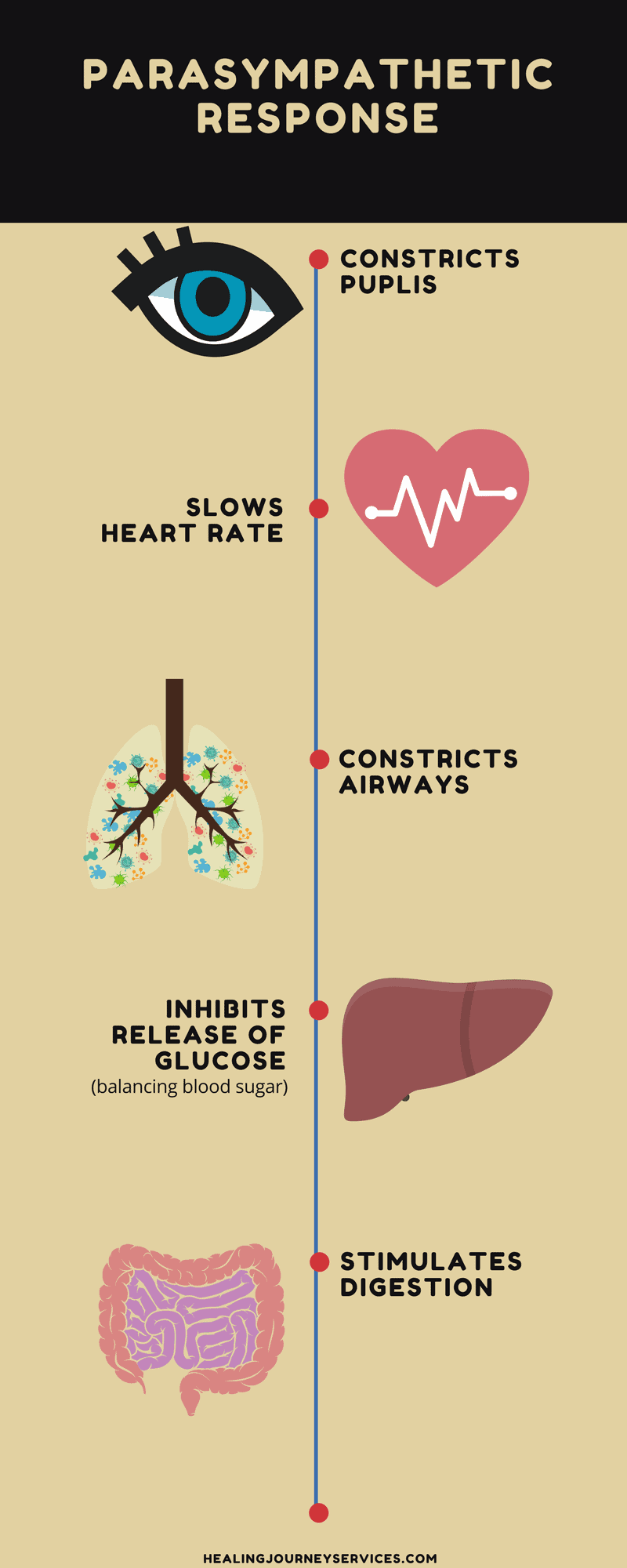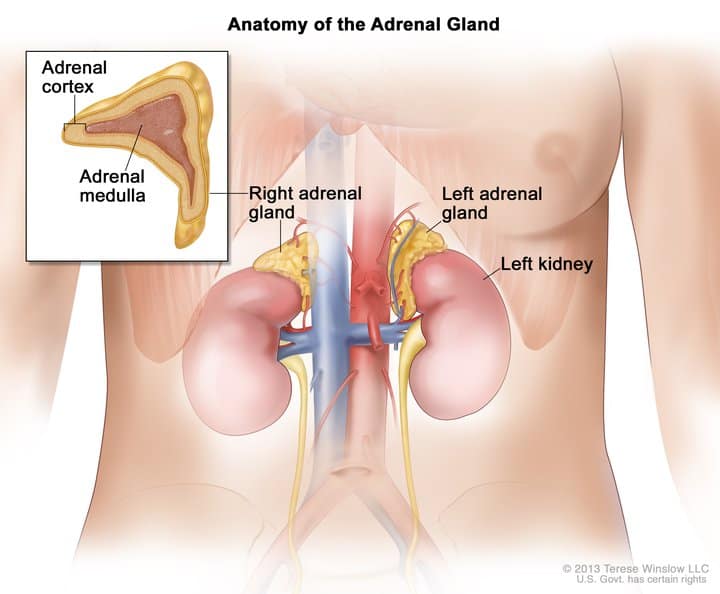Measuring Your Stress Response
This blogpost is for you if:
-
you want to learn more about measuring cortisol
-
you want to learn more about your body’s response to stress
-
you are finding it increasingly difficult to manage stress
 Stress can come in many different forms (emotional, physical and spiritual) and from many different
Stress can come in many different forms (emotional, physical and spiritual) and from many different
sources. Your brain interprets emotional stress and physical stress the same way, which is why emotional stress can be perceived as quite painful. In today’s era, chronic stress is abundant. Your body has built in mechanisms to respond to stress. The autonomic nervous system has two states, the sympathetic and the parasympathetic state. During a stress response, your body’s fight/flight system is activated, through the sympathetic nervous system and the HPA axis (otherwise known as the Sympatho-Adrenamedullary System, SAS). When this system is activated, a series of signals trigger the release of catecholamines and cortisol. From an evolutionary standpoint, this system was designed to challenge the stressor (typically a threatening animal) or avoid it.
 The physiological response to stress consists of the following changes:
The physiological response to stress consists of the following changes:
o Slow digestion (to focus on other, more immediate concerns)
o Decreased insulin (resulting in high blood sugar)
o Increased water retention
The sympathetic response drives the body’s energy away from general maintenance and functioning such as digestion, repair and reproduction and towards energy generation activities in order to respond to the current danger. The body is built to spend the majority of the time in a parasympathetic state, and enter a sympathetic state only when needed. However, in this modern area, the stress (danger) is no longer just short term physical or emotional upset such as an encroaching lion. Instead, stress has become chronic, and across many domains of life. The cumulative effects of a stressful job, long work hours, financial stress, injury, chronic exposure to toxins, eating foods you are intolerant too, hidden infections, hormone imbalances, EMF exposure, irregular sleep patterns and high sugar diet takes a significant tool on the body, specifically your adrenal glands.
Your adrenal glands are the primary organs responsible for initiating a stress response. Your body has two adrenal glands, one located above each kidney. The adrenal glands have one of the highest amounts of Vitamin C per gram of any tissue in the body. The adrenal glands are composed of two main parts, each with a different function. The outer part of the adrenal glands, otherwise known as the adrenal cortex is responsible for the production and release of cortisol, DHEA and sex hormones. The adrenal medulla is the inner zone and responds to stress by secreting the catecholamines epinephrine and nor epinephrine (adrenaline/ nor adrenaline). Cortisol, DHEA and epinephrine are the body’s main stress hormones. Cortisol is the steroid hormone that is released by the adrenal cortex in response to stress. Cortisol is anti-inflammatory, helps to regulate blood sugar levels and blood pressure, and assists with metabolism of fat, protein and carbohydrates.
The production of cortisol has a rhythm (known as a diurnal rhythm) that is typically consistent from day to day. In a healthy individual, cortisol production is highest in the morning (between 6-8am) and decreases over the course of the day, reaching its lowest level at night. Cortisol and melatonin are counter regulatory, meaning that as decreases, melatonin increases. Melatonin is made in the pineal gland and is the hormone responsible for sleep. One of the reason sleep is an issue with HPA axis dysfunction is that high levels of cortisol can impact melatonin’s ability to trigger sleep.
The body is built to tolerate short-term stress. However, after long periods of stress your body’s adaptations often results in compromised function. In some people, cortisol production will increase initially, as a result of the body’s attempt to adapt.
With high levels of cortisol, individuals may feel tired but wired, may have difficulties with sleep, hormones and weight issues, craving for carbohydrates, anxiety, depression, poor memory and decreased muscle mass. The body may stay in this phase of high cortisol production for quite a long period of time (years) before the HPA axis begins to slow cortisol production.
Eventually, the adrenal glands enter an exhaustive phase, where production slows significantly. Individuals entering this phase may feel exhausted (hence the name of this phase) and have noticeable blood sugar imbalances, dizziness, inability to handle stress, social anxiety, poor thyroid function, PMS, inflammation, hypoglycemia and salt cravings. Someone with low cortisol production may find it difficult to fight infection and get through their day to day functions.
Other factors may also be at play too, including signalling from the putitary gland and the hypothalamus. That is why it is referred to as HPA Axis function, and not necessarily just ‘adrenal fatigue’.
Testing cortisol levels and cortisol metabolites is the best way to get a measure of the health of your body’s stress response. However, not all cortisol testing was created equal.
Serum Testing: The testing offered through many standard medical institutions is a blood draw. Measuring cortisol through serum will tell you the total cortisol level, but this doesn’t provide you with any information about the free cortisol levels, which is actually the measurement of interest. Free cortisol is the bioactive form of the hormone, meaning it is the cortisol that actually acts on the cells. Serum testing also doesn’t indicate the cortisol rhythm – which is extremely important information when it comes to determining the health of your stress response. Serum testing only gives a snap shot of cortisol levels at that particular point in time and nothing more.
Testing for Salivary Cortisol and Cortisol Metabolites: Both salivary cortisol and cortisol metabolite testing is able to paint a rich picture of what is going on in terms of your cortisol rhythm and the health of your stress response.
Understanding your cortisol rhythm can provide key information such as:
-
how much cortisol your body is producing
-
when your body is producing cortisol
-
whether your circadian rhythm is out of balance and may be impacting factors such energy levels, afternoon slumps and ability to sleep
-
whether production of cortisol is sufficient, insufficient or too high at various points across the day
This information can also provide clues to the possible presence of other hidden stressors such as the presence of gut infections, blood sugar imbalances and food intolerances.

Knowing the levels of your cortisol metabolites provides addition information in terms of understanding whether your free cortisol levels and your metabolized cortisol levels are matching up. For example, some people have a high free cortisol level but a lower metabolized cortisol. This could be an indication that your body is not clearing the free cortisol properly. In this case, a focus would be placed around exploring liver function, hypothyroidism and the gut-brain connection. In the reverse situation – one where the metabolized cortisol is high and the free cortisol is slow, factors like insulin resistance, obesity and thyroid issues could be at play. As you can see, the more detailed picture one has about the cortisol rhythm and cortisol levels, the more tailored the healing response can be.
The DUTCH test is one of my favourite, most comprehensive testing available for hormones – both stress hormones and sex hormones. In terms of stress hormones, it explores the following markers:
-
metabolized cortisol
-
free cortisol
-
cortisol rhythm
-
free cortisone
-
cortison rhythm
-
DHEA-S
-
melatonin
Want to learn more about how you can test your cortisol levels? Schedule a free discovery call today!
 Stress can come in many different forms (emotional, physical and spiritual) and from many different
Stress can come in many different forms (emotional, physical and spiritual) and from many different The physiological response to stress consists of the following changes:
The physiological response to stress consists of the following changes:







